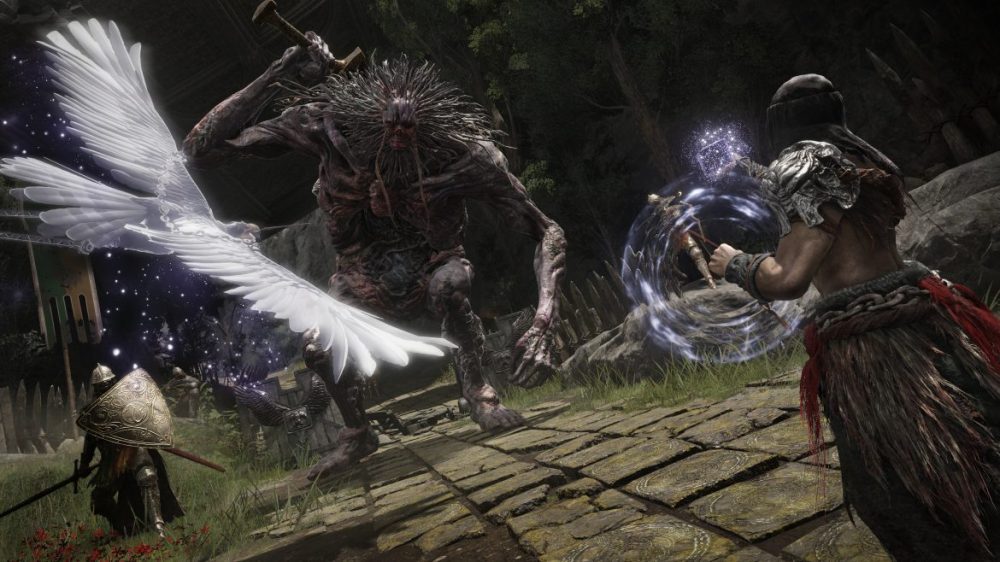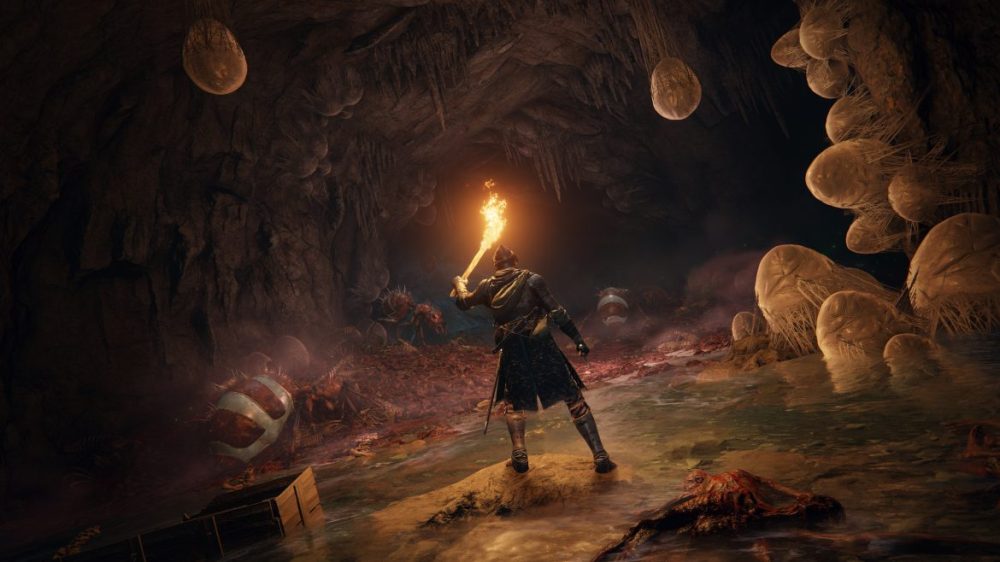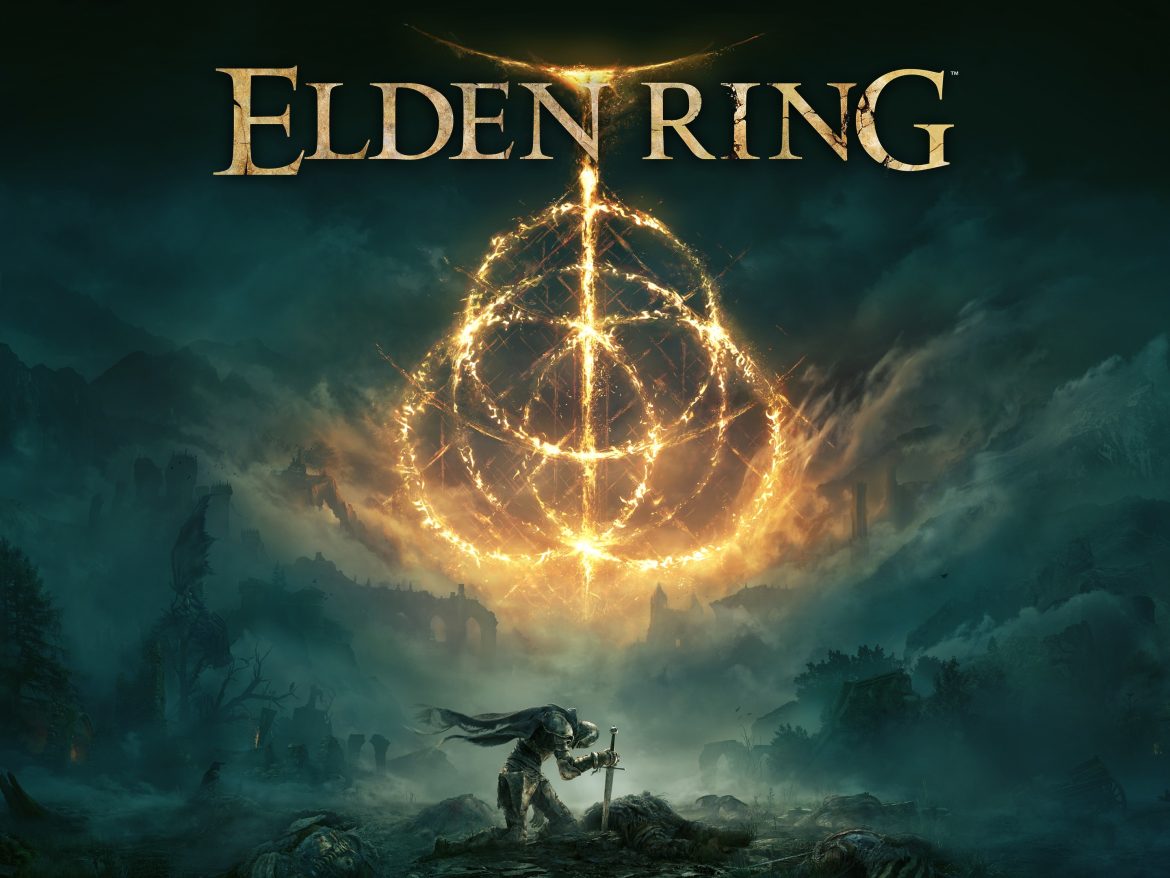TL;DR
Elden Ring, a collaboration between Hidetaka Miyazaki and George R.R. Martin, delivers a vast, challenging open-world fantasy adventure that expands on the Dark Souls formula. While more accessible with features like fast travel and leveling options, it still demands player skill, patience, and strategic thinking, with a high difficulty curve that punishes mistakes. The game boasts a visually stunning, immersive world and engaging sound design, but its cryptic nature and unforgiving gameplay may not appeal to everyone. Intrigued by the promise of earned rewards through perseverance? Dive into the full review to see if Elden Ring is your next obsession.
The collaboration between From Software game designer Hidetaka Miyazaki and Game of Thrones author George R.R. Martin has culminated after years of anticipation in the release of Elden Ring. While the influence of Dark Souls is evident, Elden Ring expands the formula with a vast, open world, potentially offering a more accessible experience to a wider range of players. However, this remains a challenging fantasy adventure that demands player agency and whose design may not resonate with all audiences.
Despite George R.R. Martin’s previously stated preference for writing style over story in J.R.R. Tolkien’s The Lord of the Rings (specifically, a dislike for the “few good versus one evil” trope), Elden Ring still evokes elements reminiscent of Tolkien’s work. The narrative centers around a shattered ring of power, fragmented by individual ambition, which plunged The Lands Between into a prolonged conflict. Players assume the role of a “Tarnished” – a customizable character tasked with restoring order. Success requires a combination of strategic thinking, skillful execution, and considerable patience, aided by magical entities and summonable spirits.

In contrast to the linear progression of Miyazaki’s previous titles (such as Bloodborne), Elden Ring presents a largely open world. Players have the option to circumvent formidable enemies, prioritizing character development. As in previous titles, players accumulate runes (analogous to souls), which are forfeited upon death, with a single opportunity to recover them. These runes are essential for acquiring items and upgrades, which persist even after the inevitable “You Died” screen. Sites of Grace, functioning as bonfires, provide respite, character customization options, and the ability to advance time. Resting at these sites, however, respawns most previously defeated enemies.
The precise nature of George R.R. Martin’s contribution to Elden Ring, beyond the setting and lore, remains somewhat ambiguous. While the game features familiar fantasy elements such as undead, dragons, and intricate relationships, these are not necessarily unique to Martin’s style. Hidetaka Miyazaki has introduced several noteworthy changes: fast travel between Sites of Grace, subtle guidance regarding the next objective (exploration remains a core element), and the ability to grind levels, which can demonstrably ease the difficulty. However, each upgrade requires an increasingly large investment of runes, demanding significant time commitments to achieve incremental improvements in survivability and weapon proficiency. Players can also summon spectral companions for assistance in combat, and utilize Torrent, a spectral steed, for rapid traversal and enhanced mobility.

Elden Ring presents a considerable challenge, particularly with the initial boss encounter. Each victory feels earned, reinforcing Miyazaki’s design philosophy of rewarding perseverance. However, the game’s menu system can be cumbersome, and the difficulty can be frustratingly high. Repetitive sequences, such as requiring stealth assassinations of numerous enemies, can feel tedious when mistakes necessitate repetition.
The Xbox Series X version, used for this review, exhibits strong technical performance, with a frame rate generally between 45-60 fps and minimal pop-in (issues reportedly affecting the PS5 and PC versions at launch). Players can prioritize either higher resolution or a faster frame rate, both operating with an unlocked frame rate that fluctuates based on scene complexity. The Xbox Series X generally sustains a higher resolution, while the PS5 may achieve a slightly higher frame rate (though this difference is mitigated by Xbox’s support for VRR). Some reports suggest that the PS4 version, playable on PS5, maintains a consistent 60 fps, albeit with reduced graphical fidelity. This may warrant investigation. From Software has historically addressed technical issues post-launch, as exemplified by Bloodborne, and it is anticipated that similar patches will resolve any remaining imperfections in Elden Ring. While not technologically groundbreaking, the graphics are aesthetically pleasing and the world design is evocative, blending magical landscapes with dark and horrific elements – a hallmark of the Dark Souls lineage. The immersive sound design provides accurate spatial audio cues, enhancing situational awareness.

Evaluating Elden Ring presents a unique challenge. Like certain acquired tastes, such as raw oysters or foie gras, it will undoubtedly resonate strongly with some players while alienating others. Despite being Miyazaki’s most accessible title to date, its inherent difficulty, cryptic nature, and emphasis on precision and patience will not appeal to everyone. Impatience or carelessness are often penalized severely. The game demands intense focus, particularly during boss encounters, where even minor errors can lead to defeat. The experience can be frustratingly repetitive, especially when repeated failures offer little apparent progress or assistance.
Miyazaki’s games do not offer an “Easy-Mode” or other concessions. Players must earn their rewards through dedicated effort, which can be demanding. The world, however, is captivating, and the hours invested tend to pass quickly. The desire to explore further and gain even a slight advantage for the next attempt is a testament to the game’s compelling design. Ultimately, the question is whether players are willing to commit to the challenges required to reap the rewards.
Bandai Namco provided a review copy of this game. The provision of materials does not influence our editorial independence; our reviews are written for the benefit of our readers.

